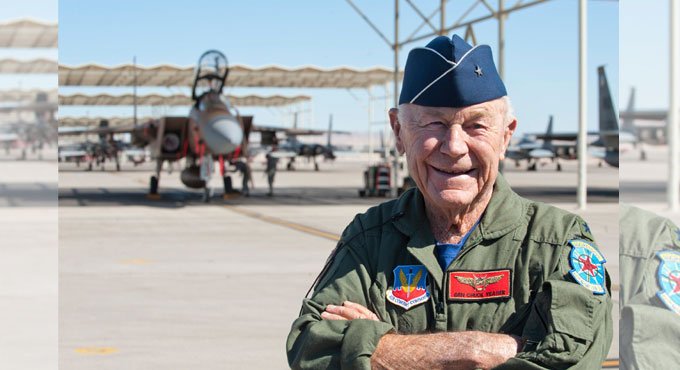
In 2008, the California Court of Appeal ruled in Yeager's favor. The marriage led to a property dispute with some of Yeager's four children, who alleged D'Angelo (more than 40 years Yeager's junior) had married the pilot because of his fortune. Glennis Yeager died in 1990 of ovarian cancer, and Yeager married actress Victoria Scott D'Angelo in 2003. Yeager played a bartender at Pancho Barnes' Happy Bottom Riding Club.

#FIRST PERSON TO BREAK THE SOUND BARRIER MOVIE#
He made a cameo appearance in the 1983 movie "The Right Stuff," which chronicles the careers of Yeager (portrayed by Sam Shepard) and the early test pilots against the next generation of pilots that flew in the Mercury space program in the 1960s. 25, 1975, in an F-4C Phantom II, but he remained an active consulting test pilot for decades after that. Yeager's last active duty flight was on Feb. The crash was depicted in both the book and movie versions of "The Right Stuff." "The veteran Air Force pilot suffered burns on his face and neck, apparently from the ignition of pure oxygen in his mask, but otherwise was not injured seriously," the L.A. Ten years later, Yeager piloted a Lockheed NF-104 aircraft that crashed, but he managed to parachute out safely. Yeager managed to pull out safely at 25,000 feet - after falling more than 50,000 feet. The aircraft began to roll and yaw, then quickly fell out of control despite Yeager's attempts to correct the issue. In December 1953, Yeager turned off his Bell X-1A engine as planned at 76,000 feet. But Yeager had a couple of near misses as he tested the aircraft, which was always a risky endeavor as he was among the first to fly these types. Yeager continued his flight testing duties for many years after breaking the sound barrier, including testing Lockheed's XF-104, an aircraft that was capable of going double the speed of sound. "The X-1 Glamorous Glennis rapidly accelerated to 0.98 Mach and then, at 43,000 feet, the needle on his Machmeter jumped off the scale." The speed of sound, Mach 1, is about 758 mph (1,220 kph) at sea level, and decreases with altitude.) After the test "At 42,000 feet, relit a third chamber of his engine," his website stated. 14, Yeager tried out the tail idea at 0.83, 0.88 and 0.92 Mach and found the method worked. 10 where he briefly lost pitch control completely.Īnother crew member suggested that Yeager should move the X-1's horizontal tail very slightly to keep his airplane under control. He had trouble keeping the plane straight due to pitch problems, particularly on a flight Oct. Yeager's work on Glamorous Glennis began with three glide flights, then powered flights starting Aug. Then in 1947, the young Yeager was picked to try to break the sound barrier.

His flight skills got him some attention: he was asked to fly in air shows and also took part in service trials at Edwards Air Force Base (then called Muroc Army Air Field). Yeager's website describes the location as "the center of Army Air Forces R and D ", and said his main assignment was to fly the fighters being developed there. (Image credit: United States Air Force Archive) Breaking the barrierįollowing the war, one of Yeager's assignments as an assistant maintenance officer in the fighter section at the Flight Test Division in Wright Field, Ohio. Yeager (shown standing with the Bell X-1 supersonic rocket plane) became the first man to fly faster than the speed of sound in level flight on Oct. He was shot down on March 5, 1944, over Bordeaux, France, but with the assistance of French resistance movement the Maquis, Yeager made it back to neutral territory a few weeks later. Yeager received his pilot wings in 1943 and served in WWII, flying 64 combat missions for 270 hours in Europe. Those traits coupled with a competitive streak and his understanding of machinery caught the attention of his instructors," his website stated. "He had remarkable 20/10 eyesight, tremendous physical coordination, and an uncanny ability to stay focused in stressful situations. He was tapped for flight training in July 1942, and quickly distinguished himself among his peers. His high school graduation in 1941 took place just six months before the United States entered World War II that December.īy that point, Yeager was a young member of the Army Air Corps.

Born in 1923 in a small town near Hamlin, West Virginia, Yeager grew up working on his father's pickup trucks, according to Yeager's website.

Yeager had a colorful aviation career long even before breaking the Mach barrier.


 0 kommentar(er)
0 kommentar(er)
